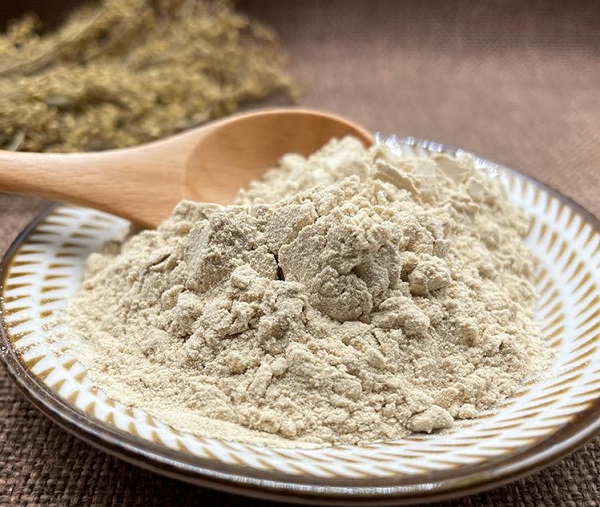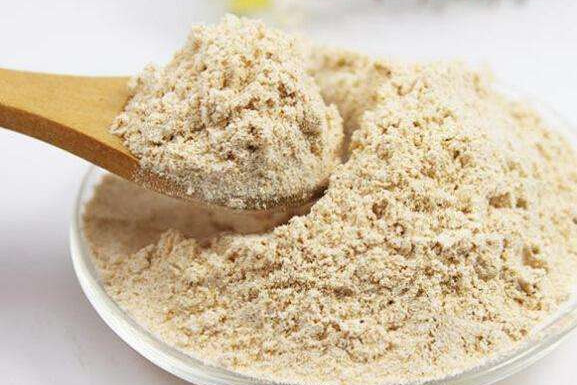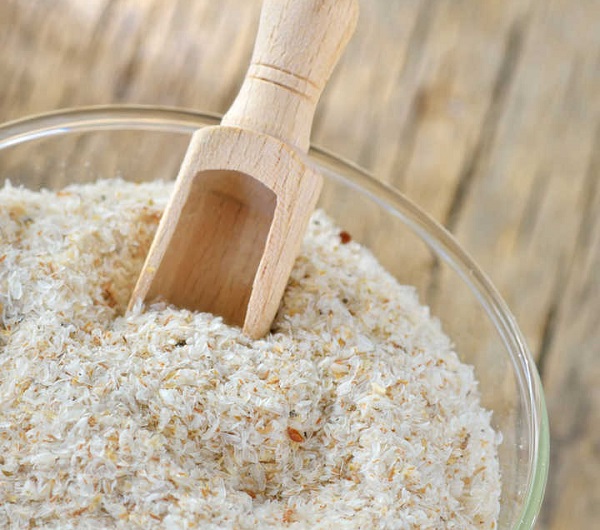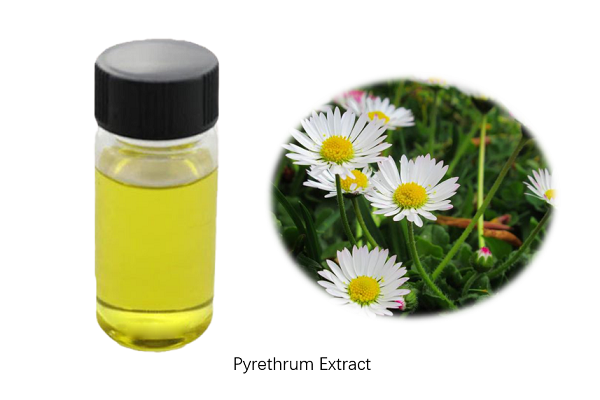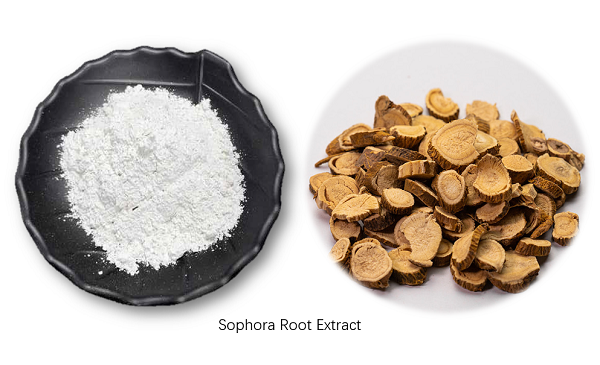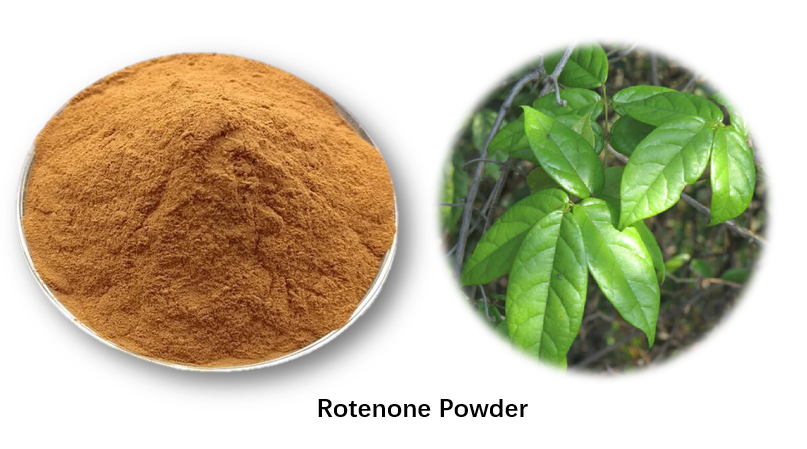Follow Us:
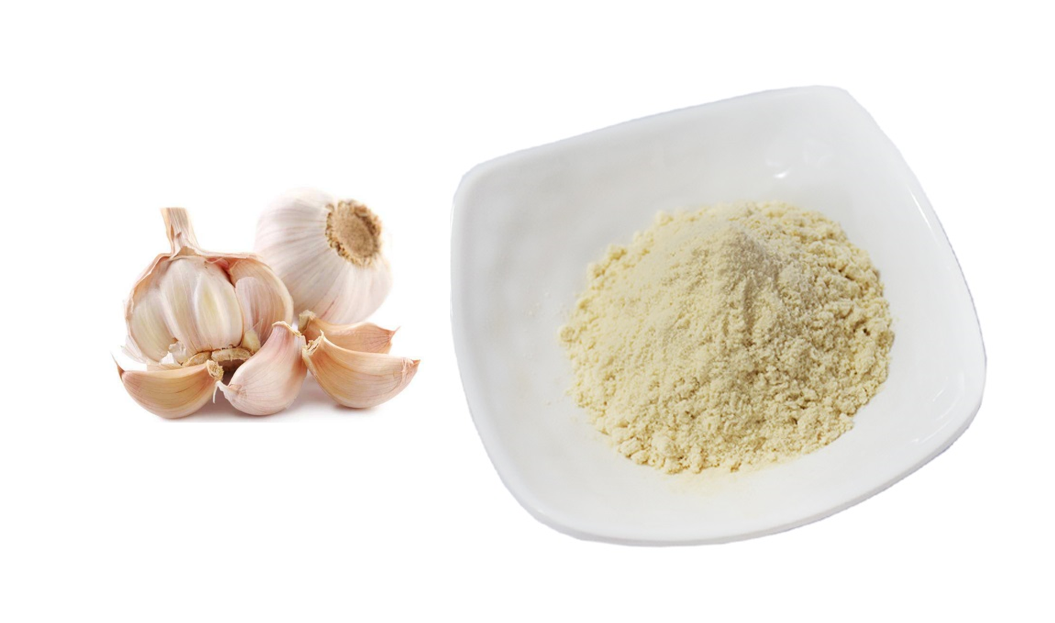
Does Garlic Extract Good for Agricultural Crops
Garlic extract has long been touted for its potential benefits in various aspects of agriculture, particularly for pest control and plant health. This natural substance, derived from garlic (Allium sativum), has gained attention as a powerful, eco-friendly alternative to synthetic chemicals. Below is an in-depth look at what garlic extract is, how it works, when to apply it, its various uses in agriculture, and the products that harness its power.

What Is Garlic Extract and How Does It Work?
Garlic extract is made by extracting active compounds from garlic cloves, most notably allicin, diallyl sulfides, and other sulfur-containing compounds. These compounds are responsible for garlic’s characteristic smell and its beneficial effects in both human health and agriculture. When applied to plants or soil, Garlic extract Manufacturer works primarily through its antimicrobial, antifungal, and insect-repelling properties. The strong aroma and bioactive chemicals in garlic are natural deterrents for many pests, such as aphids, mites, and even certain types of fungi.
When Should You Apply Garlic Extract to Your Agricultural Crops?
The timing of garlic extract application depends on the intended purpose (e.g., pest control, disease prevention, or general plant health) and the specific crops you are treating.
- Preventively: You can use it to crops early in the growing season, before pests or diseases become a major issue. A regular application every few weeks can help prevent an infestation.
- When Pest Pressure is High: If there is an increase in pest activity, you can use garlic extract. This is often during the growing season when crops are vulnerable to infestations.
- At First Signs of Disease or Damage: Garlic extract is effective for treating fungal and bacterial issues when applied at the first signs of an outbreak. Its antimicrobial properties help to minimize the spread of infections.
- As Part of a Rotation: For continuous effectiveness, it’s best to rotate garlic extract with other natural pest control methods to avoid resistance buildup.
Uses of Garlic Extract for Agricultural Crops
1. Spray Application (Foliage Treatment)
One of the most common and efficient methods of applying garlic extract is through foliar spraying. The active compounds in garlic, such as allicin, are highly effective in repelling pests and preventing fungal and bacterial diseases when applied directly to the leaves, stems, and flowers.
2. Soil Drench or Root Soak
Garlic extract can also protect the root zone from harmful pathogens, such as Fusarium or Pythium, and to promote healthier root development.
3. Root Zone Protection (Pre-Planting)
Before planting, garlic extract can treat the soil to help prevent fungal infections and harmful soil-borne pests that might affect young plants.
4. Preventing Pests and Diseases
Garlic extract is an excellent tool for organic pest management. Its strong odor and active compounds act as a natural deterrent for a wide variety of insects, including aphids, caterpillars, spider mites, and whiteflies, while also preventing fungal and bacterial infections.
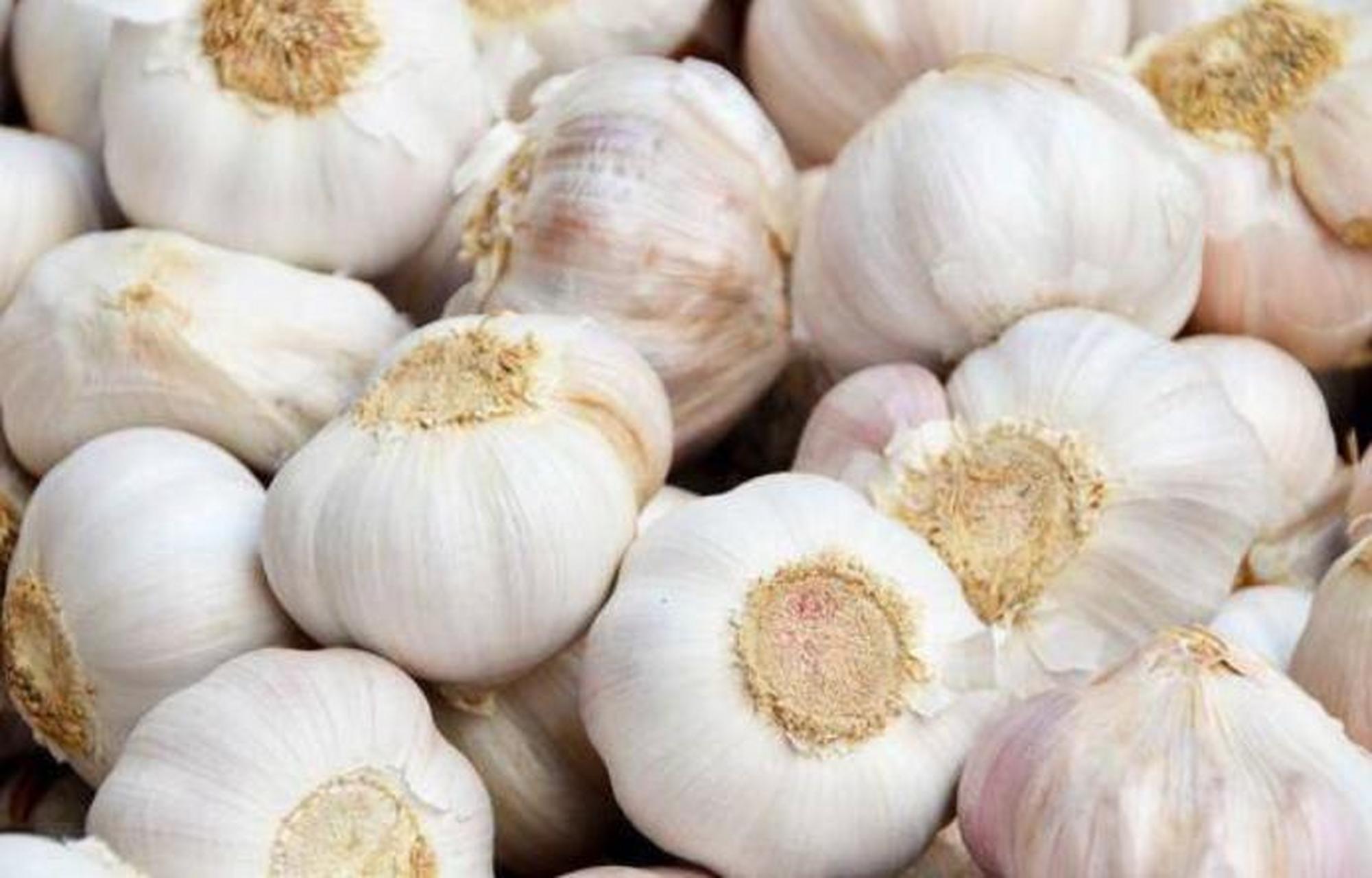
Garlic Extract for Crop Protection in Greenhouses
Using it in your greenhouse offers a fantastic natural solution to manage pests, diseases, and promote overall plant health. Greenhouses, with their controlled environments, provide an ideal setting for the application of garlic extract due to the reduced exposure to external elements, which means the extract can have a more targeted and lasting effect. Here’s how you can effectively use garlic extract in your greenhouse for optimal crop protection.
1. Pest Control (Foliar Spray)
Greenhouses can be prone to pest infestations like aphids, whiteflies, spider mites, and thrips. Garlic extract acts as a powerful, natural insect repellent, preventing these pests from damaging your crops. The strong smell of garlic, combined with its bioactive compounds, deters insects without harming beneficial species like ladybugs or predatory mites.
- How to Apply:
Dilute the garlic extract in water according to the recommended ratio (typically 1-2 tablespoons per gallon of water). Use a sprayer to evenly coat the undersides of leaves, stems, and any areas. - When to Apply:
Apply the allium sativum extract at the first signs of pest activity or as a preventive measure at regular intervals, typically every 7-14 days, depending on the level of pest pressure. For new plants or seedlings, a preventive spray before they start showing signs of pests is ideal. - Frequency:
In high-pressure situations or if you have a severe infestation, spraying every 5-7 days may be necessary. However, as a preventive, once every 10-14 days should suffice.
2. Disease Prevention (Fungal and Bacterial Control)
Garlic extract is highly effective at combating common greenhouse diseases caused by fungi and bacteria, such as powdery mildew, blight, and downy mildew. The antimicrobial and antifungal properties of garlic help reduce the spread of these pathogens, especially in the humid conditions often found in greenhouses.
- How to Apply:
For disease control, spray garlic extract directly onto the foliage, focusing on the leaves, stems, and flowers where fungal or bacterial spores are likely to settle. Make sure the solution reaches all plant surfaces. - When to Apply:
If you notice early signs of fungal or bacterial infection, such as spots on leaves or a powdery coating, apply garlic extract immediately. It’s also wise to apply it as part of your regular crop maintenance routine to prevent outbreaks, especially in damp or high-humidity conditions typical in greenhouses. - Frequency:
For ongoing disease prevention, apply every 10-14 days. During an active infection, increase the frequency to every 5-7 days until you see improvement.
3. Root Zone Protection (Soil Drench)
In greenhouse environments, diseases that affect the root system, like root rot and Fusarium, can spread quickly if not controlled. When applied to the soil, garlic extract helps prevent these pathogens from taking hold, promoting healthier root systems and stronger plants.
- How to Apply:
Mix garlic extract with water and pour it directly around the base of your plants. You can use a watering can or an irrigation system for larger greenhouses. Make sure the solution reaches the root zone, where it can create a protective barrier against harmful soil-borne pathogens. - When to Apply:
It’s best to apply garlic extract as a preventive measure before planting, but it can also be used during the growing season if you notice signs of root rot or other soil-borne diseases.
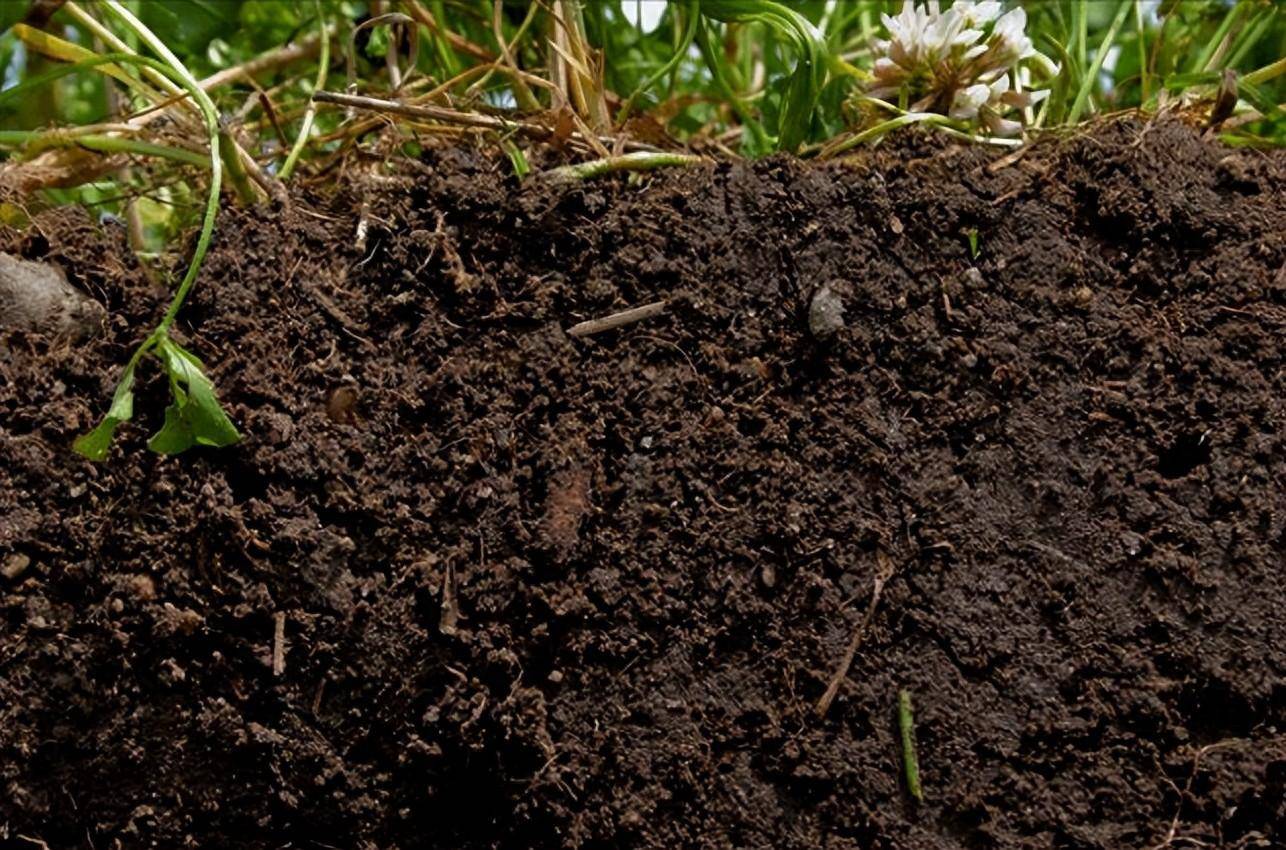
Garlic Oil Emulsions for Pest Control
Garlic oil emulsions are another form of garlic extract used for pest control. The oil acts as a potent insect repellent and has additional benefits, such as disrupting insect egg-laying and hatching cycles. When applied directly to pest populations, garlic oil emulsions can be highly effective in reducing insect pressure on crops.
Combination Products (Garlic Extract + Other Botanicals)
Agricultural ingredient manufacturer market combine garlic extract with other botanical ingredients to create a broader spectrum of pest control. These combination products can enhance the effectiveness of garlic extract by synergizing with the unique properties of other plants, such as:
- Neem Oil: Known for its insecticidal and antifungal properties, neem oil can be combined with garlic extract to tackle a wide range of pests and pathogens.
- Peppermint Oil: Often added for its strong insect-repellent properties, peppermint oil complements garlic’s effect in repelling pests like aphids and spiders.
- Citrus Extracts: These can add an additional layer of pest repellent, particularly against flies and mosquitoes, making garlic-based products even more effective for a diverse range of pests.
Some Products that Use Garlic Extract Raw Material include
There are a variety of commercially available products that leverage garlic extract as a key ingredient for agricultural and pest control applications. Some of the most common ones include:
- Garlic-Based Insect Repellents: They are often used as a preventive measure to avoid pest damage.
- Garlic Oil Sprays: Concentrated garlic oil sprays are designed for use as a foliar treatment to deter pests and protect crops from diseases.
- Natural Pest Deterrents: Garlic extract is often included in broader pest control formulations designed to work on a wide variety of pests, including insects, rodents, and even larger herbivores like deer and rabbits.
- Bio-Pesticides: Garlic extract is included in natural or organic biopesticides, which offer a sustainable and eco-friendly alternative to synthetic chemicals. These bio-pesticides can control a range of pests and diseases without harming the environment.
Conclusion
Garlic extract proves to be a valuable tool in sustainable agriculture, offering an eco-friendly, non-toxic alternative to synthetic pesticides and fungicides. With its broad spectrum of uses—from pest repellent to antifungal agent—garlic extract is increasingly popular for both large-scale and small-scale agricultural operations. Whether used on crops in greenhouses, as part of a pest control regimen, or in combination with other botanical extracts, garlic extract is a powerful, natural solution. Contact us today to place your order and benefit from fast delivery and COA support.













